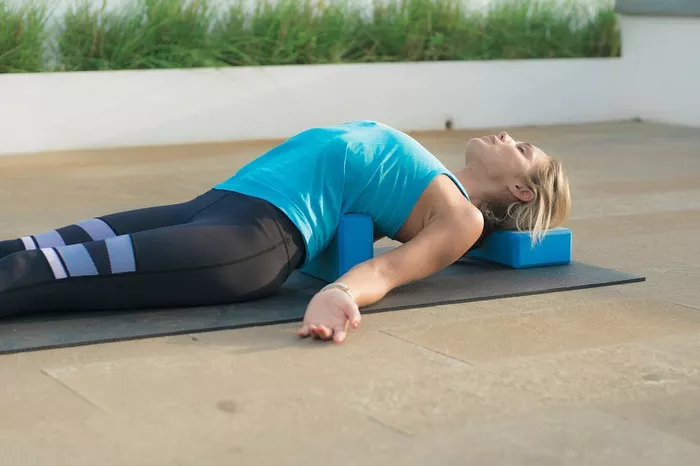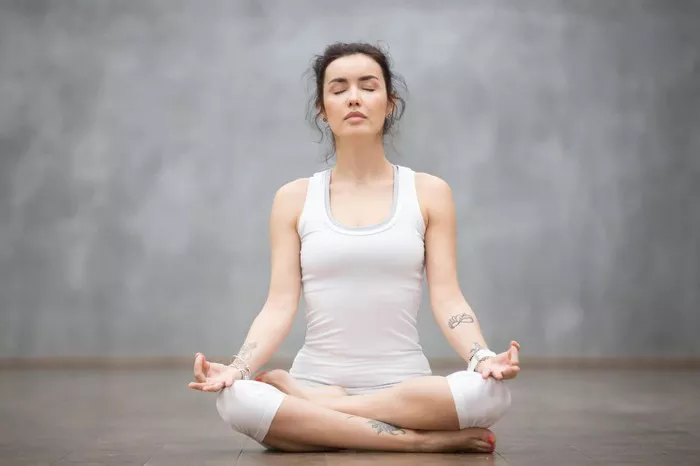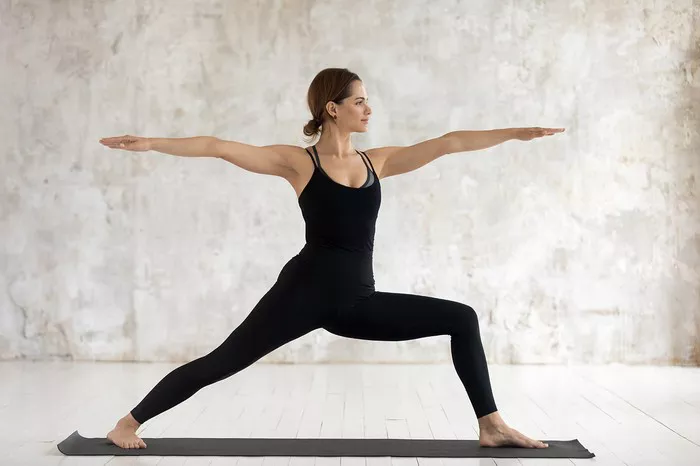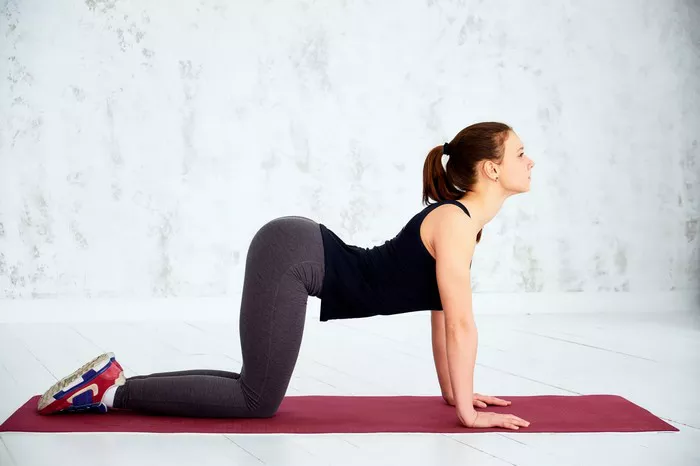Restorative yoga is a gentle, soothing practice that focuses on relaxation and rejuvenation. In a fast-paced world filled with stress and tension, taking time for restorative yoga can be a powerful tool for finding inner peace and calm. In this article, we’ll explore how to create a 45-minute restorative yoga practice and suggest a sequence of yoga postures that can be done within this timeframe.
The 45-Minute Restorative Yoga Sequence
1. Child’s Pose (Balasana) – 5 minutes
Begin your practice by kneeling on the mat with your big toes touching and knees wide apart. Lower your torso down, reaching your arms out in front of you or resting them alongside your body. Allow your forehead to rest on the mat and breathe deeply, sinking into the posture.
2. Supported Bridge Pose (Setu Bandhasana) – 7 minutes
Lie on your back with your knees bent and feet hip-width apart. Place a yoga block or bolster underneath your sacrum and allow your spine to gently arch over the support. Relax your arms by your sides and focus on deep belly breathing.
3. Reclining Bound Angle Pose (Supta Baddha Konasana) – 8 minutes
From a seated position, bring the soles of your feet together and let your knees fall out to the sides. Lie back on a bolster or folded blanket, supporting your head and spine. Close your eyes and allow your hips to open as you breathe deeply into the pose.
4. Supported Forward Fold (Paschimottanasana) – 7 minutes
Sit on the mat with your legs extended in front of you. Place a bolster or folded blanket on your thighs and gently fold forward, allowing your torso to rest on the support. Relax your arms by your sides or reach them forward. Focus on releasing tension in your spine and hamstrings.
5. Supported Fish Pose (Matsyasana) – 6 minutes
Sit on the mat with your legs extended and place a bolster lengthwise behind your lower back. Lean back onto the bolster, supporting your spine and head. Relax your arms by your sides or extend them overhead. Focus on opening your chest and heart center.
6. Legs-Up-the-Wall Pose (Viparita Karani) – 7 minutes
Sit next to a wall and swing your legs up, resting them against the wall while lying on your back. You can place a bolster or folded blanket under your hips for added support. Close your eyes and relax into the pose, allowing gravity to gently release tension from your legs and lower back.
7. Corpse Pose (Savasana) – 5 minutes
Finish your practice by lying flat on your back with your arms by your sides and palms facing up. Close your eyes and allow your body to completely relax into the mat. Focus on deep, steady breathing and let go of any remaining tension or stress.
Conclusion
A 45-minute restorative yoga practice can be a valuable addition to your self-care routine, offering a space for relaxation and rejuvenation. By incorporating gentle, supportive postures like Child’s Pose, Supported Bridge Pose, and Legs-Up-the-Wall Pose, you can create a sequence that promotes deep relaxation and stress relief. Remember to listen to your body and make any modifications necessary to ensure your comfort and safety throughout your practice. Whether you’re seeking relief from physical tension or a moment of calm in a busy day, restorative yoga can help you unlock relaxation and find balance in both body and mind.
FAQs:
What are the disadvantages of restorative yoga?
Restorative yoga, while beneficial for relaxation and stress relief, may not suit everyone. Its slow pace might not appeal to those seeking a more dynamic workout. Some individuals might find it too passive, craving a more vigorous physical challenge. Additionally, individuals with certain health conditions or injuries should practice caution, as some poses could exacerbate their issues if not done correctly. Lastly, for those seeking rapid improvement in flexibility or strength, restorative yoga might not provide the intensity needed to achieve these goals efficiently.
Can you lose weight doing restorative yoga?
Restorative yoga primarily focuses on relaxation and stress reduction rather than calorie burning. While it can contribute to overall well-being and indirectly support weight loss by reducing stress-related eating or promoting better sleep, it’s not typically considered a weight loss-focused exercise. For significant weight loss, incorporating more vigorous forms of exercise alongside a balanced diet is generally recommended.
Is restorative yoga for Beginners?
Yes, restorative yoga is often recommended for beginners. Its gentle, supportive nature makes it accessible to people of all fitness levels and ages, including those who are new to yoga or exercise in general. The emphasis on relaxation and proper alignment in restorative yoga allows beginners to learn foundational poses at a comfortable pace, without feeling overwhelmed or pressured to achieve advanced postures. It can also be particularly beneficial for individuals recovering from injuries or dealing with chronic pain, providing a gentle introduction to the practice of yoga.






















